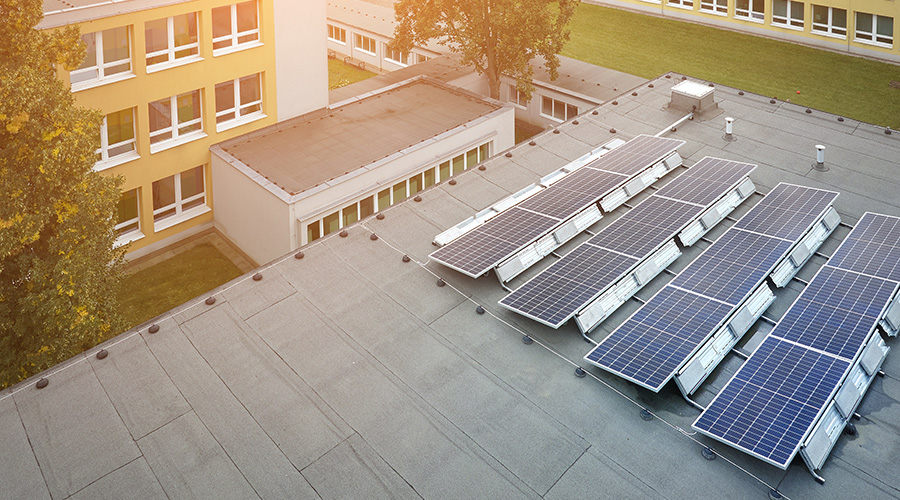Study: Clean Schools Promote Academic Success
A correlation exists between the cleanliness of school facilities and students’ academic achievements, according to a recent study of college students nationwide
A correlation exists between the cleanliness of school facilities and students’ academic achievements, according to a recent study of college students nationwide. The study, Cleanliness and Learning in Higher Education, is based on the five levels of clean identified in APPA's (Association of Higher Education Facilities Officers) Custodial Staffing Guidelines for Educational Facilities.
The study was conducted through the Center for Facilities Research at APPA – the association promoting leadership in educational facilities – and co-sponsored by ISSA, the worldwide cleaning industry association.
About 88 percent of the 1,481 students polled reported a lack of cleanliness becomes a distraction at APPA Level 3 – casual inattention – and Level 4 – moderate dinginess. Roughly 84 percent reported they desire APPA Level 1 – orderly spotlessness – or Level 2 – ordinary tidiness – standards of cleanliness to create a positive learning environment.
Cleanliness ranked as the fourth most important building element to impact students’ personal learning. The top three building elements were noise, air temperature and lighting.
About 80 percent of the students reported they should be involved in keeping campus buildings clean, and 78 percent say cleanliness affects their health. Students reported a lack of cleanliness affects allergies, spreads germs, increases bug and rodent infestations, and promotes higher stress levels.
“In this day and age when services are cut in order to save dollars, this study shows that cutting cleaning services could have a detrimental impact on our primary customers, the students,” says Alan Bigger, APPA’s president and director of facilities at Earlham College in Richmond, Ind. “Recruitment and retention are the lifeblood of institutions of higher learning. If we do not provide environments our students feel comfortable in, they may go elsewhere.”
APPA's Custodial Staffing Guidelines was printed in 1992 and is in its second edition, which includes information on specialized facilities areas, such as dormitories and health care facilities. The guidelines also cover 33 room categories. The U.S. Green Building Council recently revised its Leadership in Energy and Environmental Design for Existing Buildings (LEED-EB) rating system, adding credits for those institutions conducting a facilities audit using the Custodial Staffing Guidelines.
The final report from Cleanliness and Learning in Higher Education is available free to APPA members and for $30 for nonmembers through the bookstore at www.appa.org and free to ISSA members through the Member Lounge at www.ISSA.com and for $30 by request to nonmembers. APPA's Custodial Staffing Guidelines for Educational Facilities manual can be purchased in the APPA bookstore.
Related Topics:











